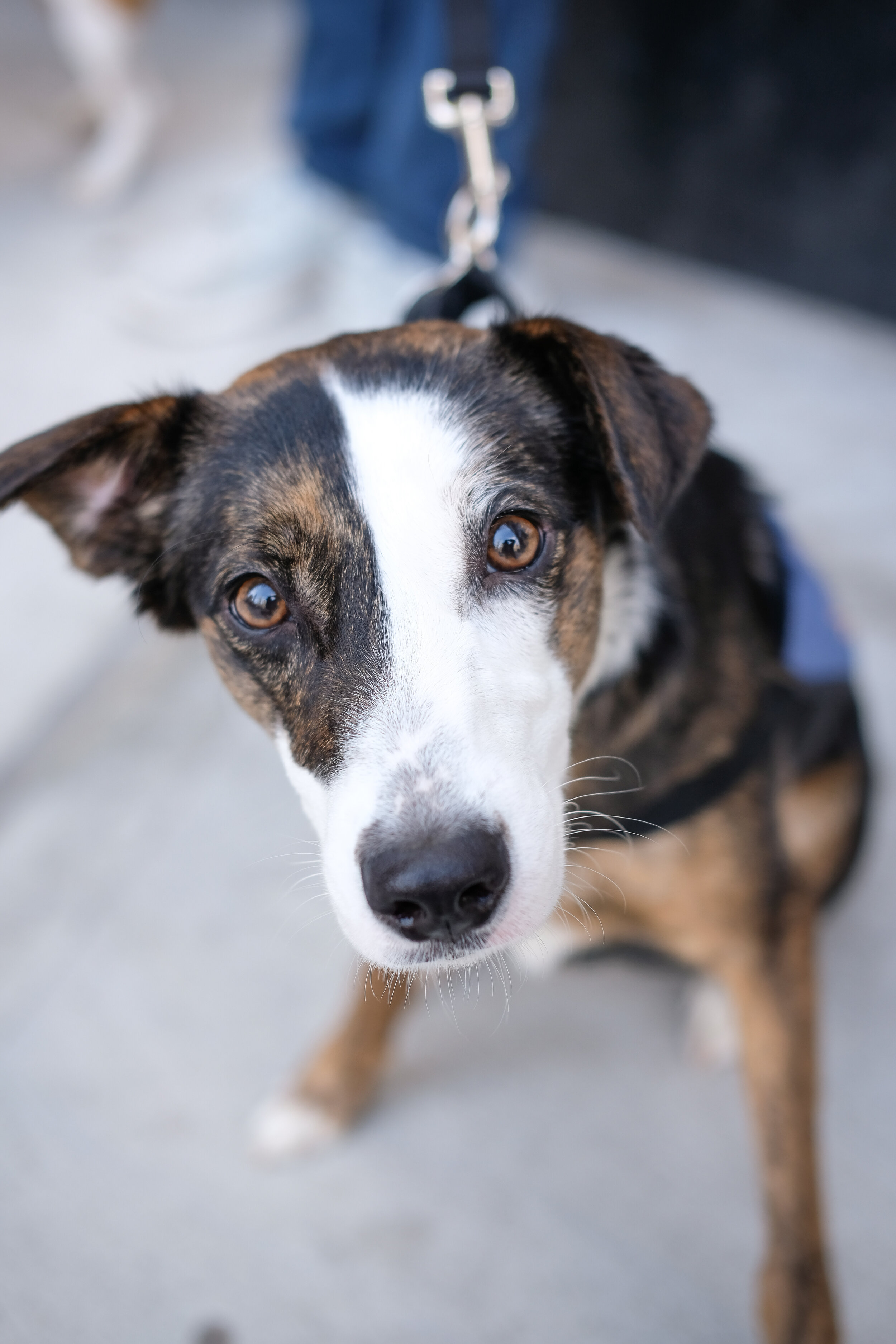Removing Breed Labels
One of the most popular questions we get asked is “What breed is this dog?“ Well, the real answer is that we often have no idea! While we try to give our best guess, that’s really all it is: a guess. According to the Animal Farm Foundation, “visual breed identification of dogs is highly inaccurate. One study found that the breed labels assigned to shelter dogs by staff members were wrong at least 75% of the time.”
That’s why, starting June 2021, Muddy Paws Rescue will no longer be giving our pups a breed label. When you see our dogs on our website, their profiles will now say “unknown breed”—because that’s the truth!
You may be wondering why or how we came to this decision, so we wanted to take a moment to explain our reasoning behind joining this movement. In this blog, we will discuss the science and facts behind breed labels, and how that relates to animal welfare and adoption placement as a whole.
All Dogs are Individuals
When a person is stereotyped based on any broad characteristic, it discounts their value as an individual. The same principle applies to dogs, who are stereotyped based on their breed labels. Falsely assuming that dogs who look a certain way will have certain characteristics or needs is the core issue at the heart of discriminatory practices, misconceptions, and misinformation surrounding breed labels.
With all dogs, their personal experiences (training, socialization, and environment), in addition to their genetic coding, all contribute to who they are as individuals. Breed and genetics are just one piece of the puzzle—not the whole thing. Furthermore, even purebred dogs that are born to the same litter and have been raised in the same house can have different personalities! This is why, when evaluating a dog’s behavior or personality characteristics, their individuality should come first, and their genetics second. That’s right: breed does not equal behavior!
The Genetics
We’ve already established that breed is just one aspect of a dog’s individuality. So, how DO genetics play a role in a dog’s physical appearance? It’s important to know that the dog genome consists of approximately 20,000 genes. However, only 50 genes determine breed-defining physical traits. This means that less than 1% of a dog’s genes determines physical appearance—that’s 0.25% of their entire genome. Take a look at this Animal Farm Foundation infographic to better understand the science behind it all.
What This Means for Muddy Paws Rescue
At Muddy Paws Rescue, we welcome dogs of all size, age, and appearance—and we will continue to do so for years to come! Moving forward, our dogs will be listed as “unknown breed” unless we have confirmed breed information from a DNA test. We will be strategic with matching our foster and adoptive parents whose buildings may have breed restrictions, and have honest conversations with our adopters if a dog, based on appearance, may be subject to unfair discrimination. We believe in being transparent with our fosters and adopters should they have breed restrictions where they live, in an effort to continue making successful matches for both our dogs and the human on the other end of the leash.
Finally, treating dogs as individuals is also the best way to set them up for success in their foster or forever homes. Recognizing each dog as an individual means that fosters and pet parents will get to know the dog in front of them, rather than assuming that they will behave or act in a certain way because of how they look or because of a label they were given. When dogs are seen as individuals first, dog parents and fosters can tailor each dog’s training, management, and care routine to meet their individual, specific needs.






